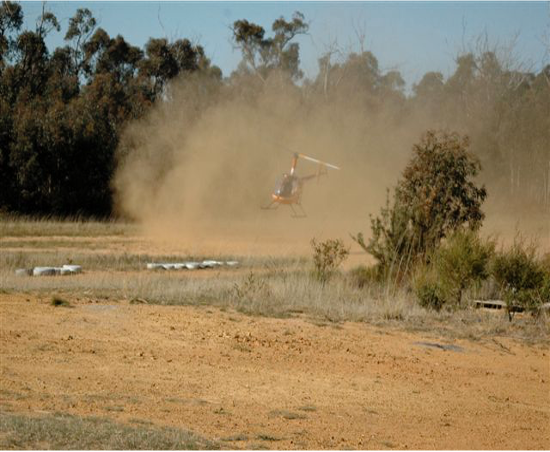Originally Posted by
JohnDixson
FDR’s posts lead to another aspect of the flying in the opening video and a subject I’ve mentioned in a few PM’s but will repeat here.
Military or commercial, this aspect of qualification in the helicopter business is pretty much the same. During development, a flight loads survey is flown by the contractor. The maneuvers gross weights and altitudes are agreed upon either by the FAA or the respective military service. The flight loads data are then compared with the ground test fatigue load test data from the lab testing of components and then applied to the flight spectrum agreed to by the customer ( military ) or the FAA. Out of this the component replacement times ( CRT’s ) are derived and put in the maintenance manuals.
Now, we are talking about fatigue damage, not static overload failure. I have no idea of how the flight loads survey for that model Robinson was conducted nor whether the maneuvers in the video were included.
Here is an example-perhaps a bit far out, but true:
Before the main marketing effort with the S-67 Blackhawk took place, we had done the limited aerobatic maneuvers with full structural instrumentation. We had done rolls both to the left and right. Roll rates were similar-around 100 deg/sec. Rolls were done with pedals fixed ( as was the collective ). Rolls to the left, however, resulted in tail rotor bending moments that were high enough to affect the fatigue life of that component, Enough such that all the rolls on all of the marketing trips etc were done to the right.
So, when you see an aircraft being flown in what looks like an over-aggressive manner, the real question( or better: questions, plural ) to ask is whether the manufacturer had included that sort of flying in the flight loads survey and then whether some components have reduced CRT’s as a result. N.B. After seeing Karl Zimmermann perform his simply beautiful aerobatic ballet at the 1982 Hanover Airshow, I asked him abut that subject in general, and he told me that MBB had provided a structural clearance for his show ( I do not recall if there were CRT penalties ).
The UH-60 UTTAS RTT pull up profile resulted in very high loads on the pitch links, IIRC, which only the NASA AMES project uncovered. When we ran a rudimentary mod on the CMRB, Craig W made one comment of interest on their flight test, that was the suppression of vibration, which was consistent with mitigation of the dynamic stall suppression that had eluded Boeing on the VR7 tests, and the full flight tests that were done by the same author on the UH60 with the SC1095 type blade section, using conventional devices. For the latter, P.B. Ms comment was that they didn't get far, they couldn't accelerate the rotor to normal Nr. which is consistent with the Cd that Boing got on the VR mod. Boeing never did talk to us, which was a shame, as the V-22 blade was the most interesting game in town, a poster child of need. The 160th brought an MH47 down for us to play with, at which point Ft Eustice complained about us being foreigners, and shock, dual passport holders. A rotary FTE from Palmdale SPO, G. L, had visited Ft Fumble previously meeting the Tsar of ATD, wearing his company ID.... and suggested that Mr S may do well to have a look at what was being done... and Mr S, the Tsar replied that that sounds like something to take to the guys at Palmdale, which apparently didn't go down well with the onlooking bird Colonels who at least knew where the FTE was from. The day we first talked to the col at 160th, and suggested that the V22 might do with help was about an hour after he had watched one on the base smear out into pieces... 27 June 2012?. McD was astute, Mr S was an AATD Speedbump Showstopper, an A.S.S. for short.

A quick and literally dirty flow visualization.